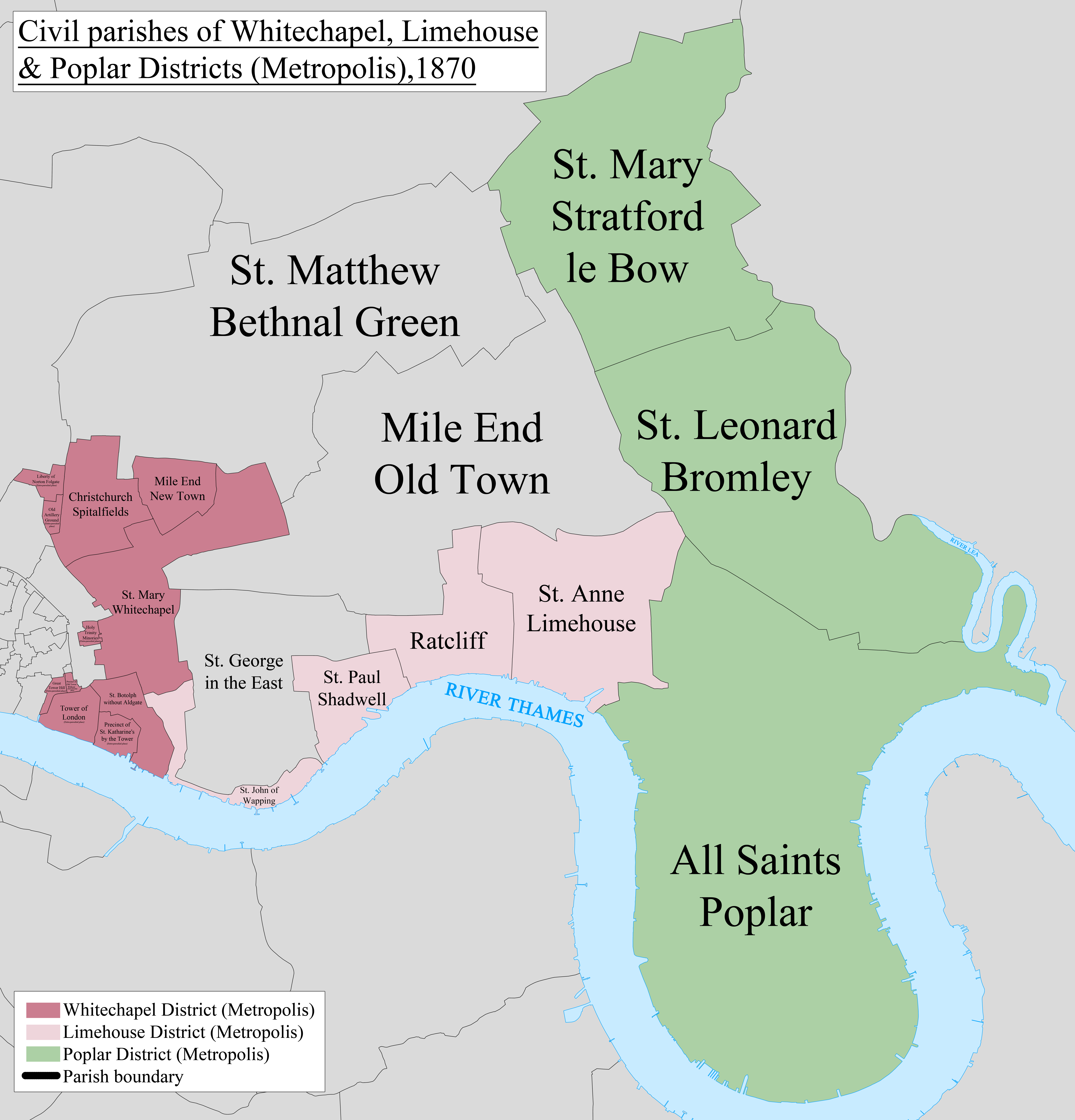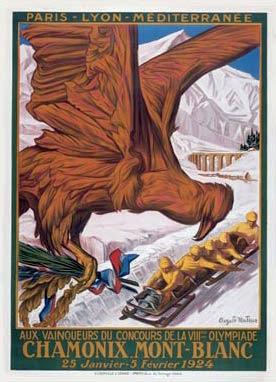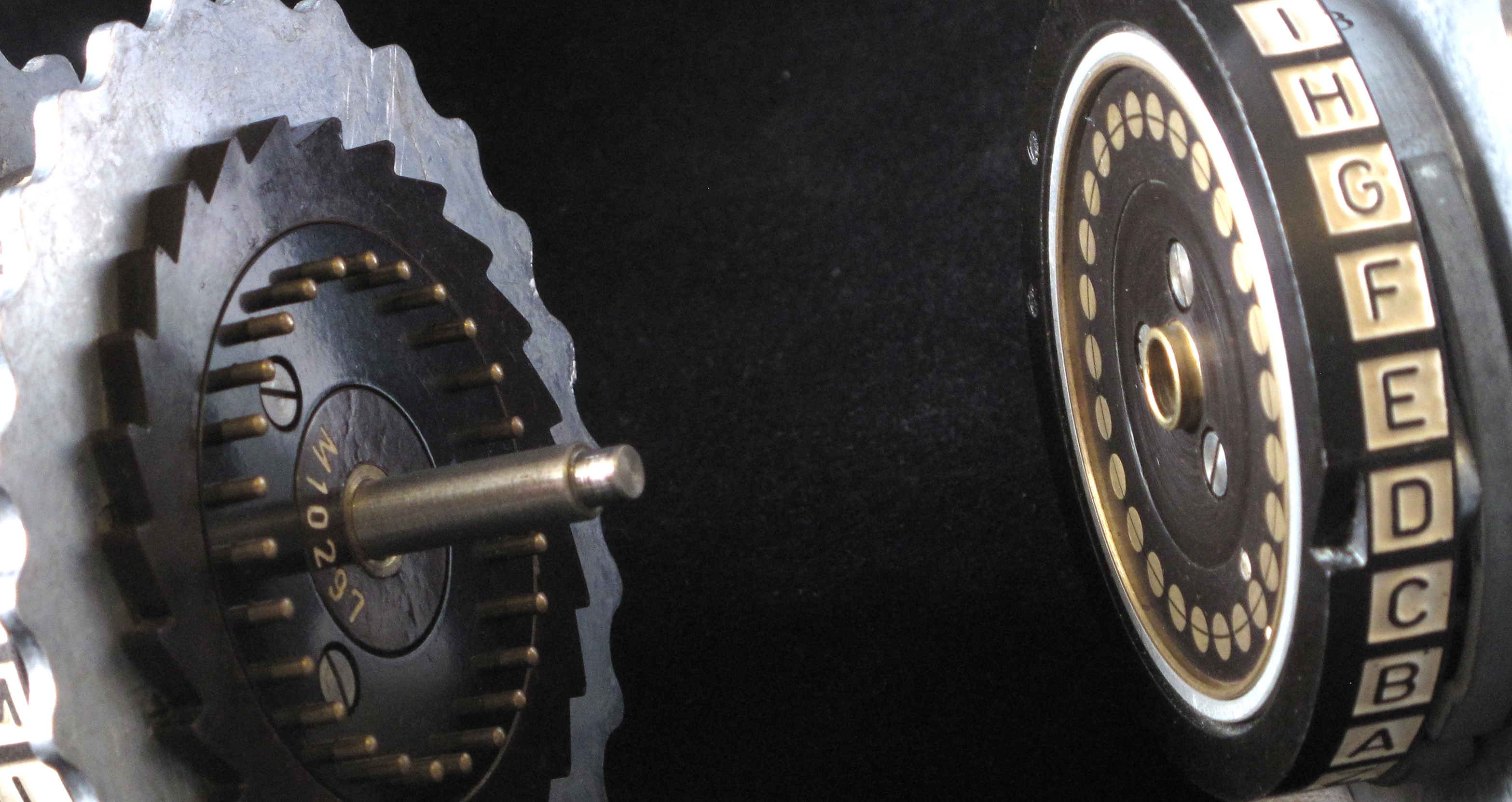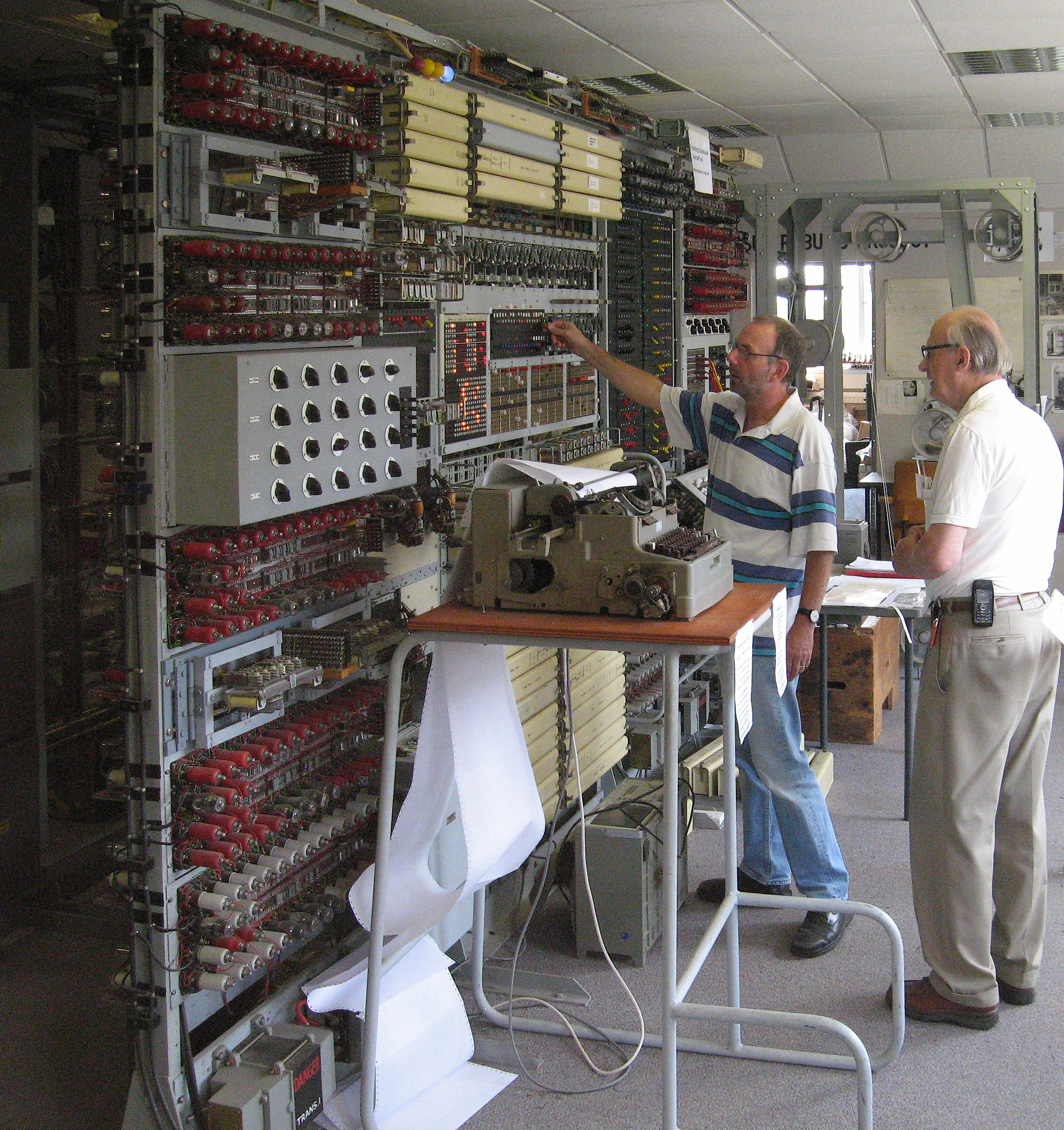|
Irene Dixon
Irene Dixon (1 June 1924 – 1 January 2021), Bletchley Park codebreaker was born in East London and in 1943 was one of the first women sent to the top secret unit decoding signals from Hitler's high command, during World War II, and maintaining secrecy about their work for decades after. Biography Irene Dixon was born Irene Sarah Griffiths, in Whitechapel, London to father James Griffiths, employed at the Beckton Gas Works and mother Sarah Griffiths, née Flowerday who was a housewife and secretary of the women's section of the local branch of the Labour Party. The family moved to East Ham, and she was educated at the Sarah Bonnell Grammar School, Stratford. Her first job after school was in market research at Unilever. When war broke she was expected to go to Birmingham to work in a munitions factory, but contracted chickenpox, and recovered but was assessed for alternative work and joined the (Wrens) Women's Royal Naval Service. Due to psychometric testing, Dixon was id ... [...More Info...] [...Related Items...] OR: [Wikipedia] [Google] [Baidu] |
Whitechapel
Whitechapel () is an area in London, England, and is located in the London Borough of Tower Hamlets. It is in east London and part of the East End of London, East End. It is the location of Tower Hamlets Town Hall and therefore the borough town centre. Whitechapel is located east of Charing Cross. The district is primarily built around Whitechapel High Street and Whitechapel Road, which extend from the City of London boundary to just east of Whitechapel station. These two streets together form a section of the originally Roman Road from the Aldgate to Colchester, a route that later became known as the ''Great Essex Road''. Population growth resulting from ribbon development along this route, led to the creation of the parish of Whitechapel, a daughter parish of Stepney#Manor and Ancient Parish, Stepney, from which it was separated, in the 14th century. Whitechapel has a long history of having a high proportion of immigrants within the community. From the late 19th century unt ... [...More Info...] [...Related Items...] OR: [Wikipedia] [Google] [Baidu] |
Woburn Abbey
Woburn Abbey (), occupying the east of the village of Woburn, Bedfordshire, England, is a country house, the family seat of the Duke of Bedford. Although it is still a family home to the current duke, it is open on specified days to visitors, along with the diverse estate surrounding it, including the historic landscape gardens and deer park (by Humphry Repton), as well as more recently added attractions including Woburn Safari Park, a miniature railway and a garden/visitor centre. It was built by William Russell, 1st Baron Russell of Thornhaugh. Pre-20th century Monastic origins Woburn Abbey, comprising Woburn Park and its buildings, was set out and founded as a Cistercian abbey in 1145. The Cistercian community was dissolved by Henry VIII in 1538. Early Russell family rebuilding projects In 1547 the estate became the seat of the Russell family and the Dukes of Bedford, Around 1630, Francis Russell, 4th Earl of Bedford undertook the first rebuilding, demolishing ... [...More Info...] [...Related Items...] OR: [Wikipedia] [Google] [Baidu] |
2021 Deaths
This is a list of lists of deaths of notable people, organized by year. New deaths articles are added to their respective month (e.g., Deaths in ) and then linked below. 2025 2024 2023 2022 2021 2020 2019 2018 2017 2016 2015 2014 2013 2012 2011 2010 2009 2008 2007 2006 2005 2004 2003 2002 2001 2000 1999 1998 1997 1996 1995 1994 1993 1992 1991 1990 1989 1988 1987 1986 Earlier years ''Deaths in years earlier than this can usually be found in the main articles of the years.'' See also * Lists of deaths by day * Deaths by year (category) {{DEFAULTSORT:deaths by year ... [...More Info...] [...Related Items...] OR: [Wikipedia] [Google] [Baidu] |
1924 Births
Events January * January 12 – Gopinath Saha shoots Ernest Day, whom he has mistaken for Sir Charles Tegart, the police commissioner of Calcutta, and is arrested soon after. * January 20–January 30, 30 – Kuomintang in China holds its 1st National Congress of the Kuomintang, first National Congress, initiating a policy of alliance with the Soviet Union and the Chinese Communist Party. * January 21 – Alexander Cambridge, 1st Earl of Athlone, The Earl of Athlone is appointed Governor-General of the Union of South Africa, and High Commissioner for Southern Africa.Archontology.org: A Guide for Study of Historical Offices: South Africa: Governors-General: 1910-1961 (Accessed on 14 April 2017) * January 22 – R ... [...More Info...] [...Related Items...] OR: [Wikipedia] [Google] [Baidu] |
List Of Women In Bletchley Park ...
Women made up the majority of the 10,000 people who worked at Bletchley Park. The following is a list of women who worked at Bletchley Park. List See also * Women in Bletchley Park * List of people associated with Bletchley Park References {{Reflist Bletchley Park Bletchley Park women Bletchley is a constituent town of Milton Keynes, Buckinghamshire, England, in the south-west of the city, split between the civil parishes of Bletchley and Fenny Stratford and West Bletchley, which In 2011 had a combined population of 37,114 ... [...More Info...] [...Related Items...] OR: [Wikipedia] [Google] [Baidu] |
The National Museum Of Computing
The National Museum of Computing is a UK-based museum that is dedicated to collecting and restoring historic computer systems, and is home to the world's largest collection of working historic computers. The museum is located on Bletchley Park in Milton Keynes, Buckinghamshire. It opened in 2007 in ''Block H'' – the first purpose-built computer centre in the world, having housed six of the ten Colossus computers that were in use at the end of World War II. As well as first generation computers including the original Harwell Dekatron computer – the world's oldest working digital computer – and Mainframe computers of the 1950s, 60s and 70s, the Museum houses an extensive collection of personal computers and a classroom full of BBC Micros. It is available for corporate, group, school, and individual visitors. Although located on the Bletchley Park 'campus', The National Museum of Computing is an entirely separate registered charity with its own admission fee. It receiv ... [...More Info...] [...Related Items...] OR: [Wikipedia] [Google] [Baidu] |
Donald Michie
Donald Michie (; 11 November 1923 – 7 July 2007) was a British researcher in artificial intelligence. During World War II, Michie worked for the Government Code and Cypher School at Bletchley Park, contributing to the effort to solve " Tunny", a German teleprinter cipher. He founded The Turing Institute in Glasgow in 1982, alongside Peter Mowforth and Tim Niblett. In 1984, the institute worked under contract from Radian Corp to develop code for the Space Shuttle auto-lander. Early life and education Michie was born in Rangoon, Burma. He attended Rugby School and won a scholarship to study classics at Balliol College, Oxford. In early 1943, however, looking for some way to contribute to the war effort, Michie instead attempted to enrol on a Japanese language course in Bedford for intelligence officers. On arrival, it transpired that he had been misinformed, and instead he trained in cryptography, displaying a natural aptitude for the subject. Six weeks later, he was recr ... [...More Info...] [...Related Items...] OR: [Wikipedia] [Google] [Baidu] |
Max Newman
Maxwell Herman Alexander Newman, FRS (7 February 1897 – 22 February 1984), generally known as Max Newman, was a British mathematician and codebreaker. His work in World War II led to the construction of Colossus, the world's first operational, programmable electronic computer, and he established the Royal Society Computing Machine Laboratory at the University of Manchester, which produced the world's first working, stored-program electronic computer in 1948, the Manchester Baby. Early life and education Newman was born Maxwell Herman Alexander Neumann in Chelsea, London, England, to a Jewish family, on 7 February 1897. His father was Herman Alexander Neumann, originally from the German city of Bromberg (now in Poland), who had emigrated with his family to London at the age of 15.William Newman, "Max Newman – Mathematician, Codebreaker and Computer Pioneer", pp. 176–188 in Herman worked as a secretary in a company, and married Sarah Ann Pike, an Irish schoolteacher ... [...More Info...] [...Related Items...] OR: [Wikipedia] [Google] [Baidu] |
Tommy Flowers
Thomas Harold Flowers Order of the British Empire, MBE (22 December 1905 – 28 October 1998) was an English engineer with the British General Post Office. During World War II, Flowers designed and built Colossus computer, Colossus, the world's first programmable electronic computer, to help decipher encrypted German messages. Early life Flowers was born at 160 Abbott Road, Bromley-by-Bow, then the Metropolitan Borough of Poplar, on 22 December 1905, the son of a bricklayer. He came from an impoverished working class background and his grandmother had been a charwoman. He later recalled that as children "we were taught to be frugal in everything". Whilst undertaking an apprenticeship in mechanical engineering at the Royal Arsenal, Woolwich, he took evening classes at the University of London to earn a degree in electrical engineering. In 1926, he joined the telecommunications branch of the General Post Office (GPO), moving to the Post Office Research Station at Dollis Hill in Mi ... [...More Info...] [...Related Items...] OR: [Wikipedia] [Google] [Baidu] |
Lorenz Cipher
The Lorenz SZ40, SZ42a and SZ42b were German Rotor machine, rotor stream cipher machines used by the German Army (Wehrmacht), German Army during World War II. They were developed by C. Lorenz AG in Berlin. The model name ''SZ'' is derived from ''Schlüssel-Zusatz'', meaning ''cipher attachment''. The instruments implemented a Gilbert Vernam#The Vernam cipher, Vernam stream cipher. British cryptanalysts, who referred to encrypted German Electrical telegraph, teleprinter traffic as Fish (cryptography), ''Fish'', dubbed the machine and its traffic ''Tunny'' (meaning tunafish) and deduced its logical structure three years before they saw such a machine. The SZ machines were in-line attachments to standard teleprinters. An experimental link using SZ40 machines was started in June 1941. The enhanced SZ42 machines were brought into substantial use from mid-1942 onwards for high-level communications between the Oberkommando der Wehrmacht, German High Command in Wünsdorf close to Berlin ... [...More Info...] [...Related Items...] OR: [Wikipedia] [Google] [Baidu] |
Newmanry
The Newmanry was a section at Bletchley Park, the British codebreaking station during World War II. Its job was to develop and employ statistical and machine methods in cryptanalysis of the Lorenz cipher. It worked very closely with the Testery where a complementary set of operations were performed to complete the decryption of each message. Formally called the Statistical section, it was known as the Newmanry after its founder and head, Max Newman. It was responsible for the various Robinson machines and the ten Colossus computers. Some of the cryptanalysts had joint appointments with the Testery. in Initially in June 1943 the section was small: Good, Mitchie, two engineers and sixteen Wrens in a small hut. By the end of the war there were 26 cryptographers, 28 engineers, 273 Wrens with ten Colossi, three Robinsons, three Tunnies, plus twenty small electronic and electrical machines. See also * Fish * Allen Coombs * Tommy Flowers * Jack Good * Peter Hilton * Donald Michie ... [...More Info...] [...Related Items...] OR: [Wikipedia] [Google] [Baidu] |






